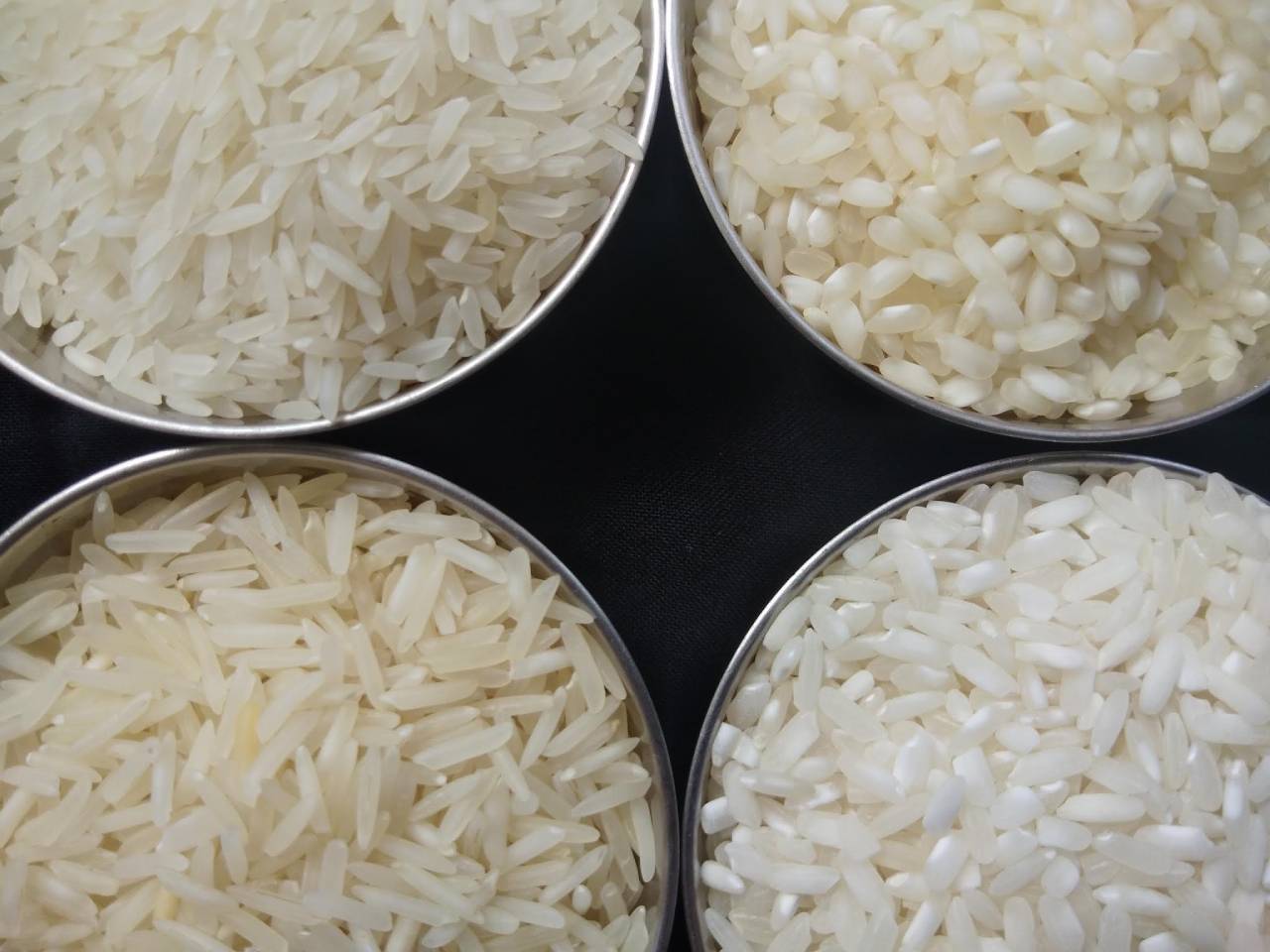how to choose a perfect rice for Idli, dosa and appam

This article elaborates on how to choose a perfect rice for
Idli, dosa and appam.
Choosing a rice that is best suitable for making a South Indian breakfast menu can be a lot trickier. Everything starts with the rice. The better you choose the rice, the better output you receive. Why is this so particular while choosing rice for idli, dosa and appam?
Because, unlike any other dishes these idli, dosa and appam need a batter that is fresh and perfectly fermented. Otherwise the food on the plate is sure to disappoint you. If you master this, then you will be the one to serve one of the best nutritious dishes to anyone.
You may have heard of the common varieties of rice namely, basmati rice, kolam rice, parboiled rice and raw rice. Out of this basmati and kolam are mainly used for cooking. This rice can never be useful in making idli, dosa or appam.
Parboiled rice is nothing but rice that is partially boiled while it is still inside its husk. This gives it a slightly yellow color. Parboiled rice is easy to cook because it is less sticky compared to raw rice. Parboiled rice is very popular throughout South India. Mainly people from the South feel their appetite is full only after they have had the meal that consists of parboiled rice. In Tamil Nadu, we call the parboiled rice “puzhungal arisi” and raw rice “paccha arisi.”
I have elaborated an article on the health and nutritional benefits of some of the top South Indian breakfast recipes. Please click over this link to view the entire post.
Starting from the clockwise direction:
- Kolam rice—regular cooking rice commonly observed throughout India.
- Idli rice—parboiled rice, or Puzhungal arisi in Tamil Nadu.
- Basmati rice—Fragrant rice mainly used for biryanis or Chinese-style rice dishes.
- Raw rice can be used for both dosa and appam recipes. commonly called Patni rice throughout India. commonly called as Pacchai arisi in Tamil nadu
Idli rice:
- Idli rice looks a bit fat and roundish and is often in yellow or light orange tones due to the fact that it is steamed with the rice husk. So it is easy to choose this rice. You can check the quality of this rice by cooking a handful of rice. If it gives you a bad, sour-ish smell, then chances are that your idli might also release the same taste while eating. You can try to choose good-quality idli rice by its color and smell.
- Another tip to achieve a white idli is to wash the rice at least until you see the water being transparent in color. Add a tablespoon of sago pearls while leaving it to soak. This adds the fluffy texture to your steamed idlis. The same batter can be used to make dosa, thereby diluting it to a flowing consistency by adding water.
Idli rice is not sticky due to the nature of parboiled rice. Sticky rice spoils the idli in many ways, like it wouldn’t rise properly, would not leave the idli plate properly, and may be very sticky while eating. It can also turn the idli hard while steaming.
Appam rice:
There may be many different options and varieties of rice available in South India for this particular dish. But the most commonly used rice I have seen is Patni rice. It is one of the best rice varieties for making appam or dosa. This rice is purely white in color and is raw rice. Meaning it is not steamed and just taken out of the husk and left to sun-dry.
Appam and dosa are often a bit sticky, and they taste good when so. As such, raw rice has that quality of stickiness and helps this dish turn out as desired.
South Indian breakfast is something a lot of Indians crave. Due to the long process and to understand the simplest measures to be taken, one often fails to prepare the South Indian breakfast recipes.
Initially, until I got married, I always used to think that I could never achieve making a perfect idli, dosa or appam in my life, just like how my mom used to make one. Later, with lots of trial and error, 3 years after my marriage, I learned how to gain expertise in it.
If it were not for my daughter’s love for idli, I wouldn’t have been able to write this article today. She made me excel in making South Indian breakfast recipes because she loves them so much.

